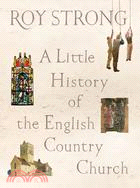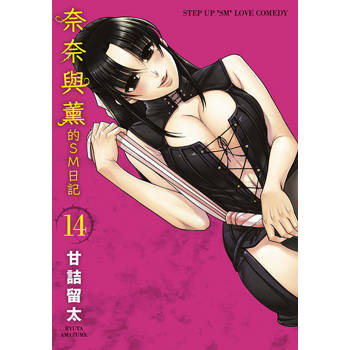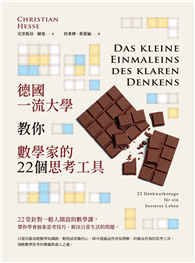圖書簡介This fascinating book tells the dramatic story of the English parish church, from the first temporary buildings erected in Anglo-Saxon times to its uncertain future in the 21st century. Starting with the Christianization of Britain by missionaries from Ireland and Rome, it journeys through the Middle Ages, when elaboration and beauty in church art and architecture reached their peak in the building boom of the 14th and 15th centuries. It describes in vivid detail the rituals and ceremonies at the heart of the parish community: the processions and celebrations of the church year, the public piety and rites of passage that guided parishioners through their lives and, most of all, the miracle of the Mass performed every Sunday. The rich spirituality of medieval Catholicism was destroyed by the cataclysm of the "long Reformation" in the 16th and 17th centuries, which replaced the splendor of Catholic ritual and its adoration of the Sacrament with a simple service that centered on the preaching of the Word. From the mid-17th century on, reformers tried to repair the damage caused by the iconoclasm of the Reformation by reintroducing images, decoration, and ceremony to the average country church. From the "beauty of holiness," advocated by Archbishop Laud in the 1630s to the liturgical revival of the Oxford Movement in the 19th century, they looked back to the Middle Ages for a tradition of worship that engaged all the senses. In addition, the disintegration of the rural community from the early 19th century would change the social setting of the English country church for ever. Yet despite the dramatic changes that took place inside the parish church over the centuries, the building remained a symbol of continuity, etched into the tableau of the English countryside. Over the last few decades, however, the building itself has come under threat and this volume concludes that, in order to survive, the country church will need to find a new role within a changed countryside.







![塔木德:猶太人的致富聖經[修訂版]:1000多年來帶領猶太人快速累積財富的神祕經典 塔木德:猶太人的致富聖經[修訂版]:1000多年來帶領猶太人快速累積財富的神祕經典](https://media.taaze.tw/showLargeImage.html?sc=11100697818)




